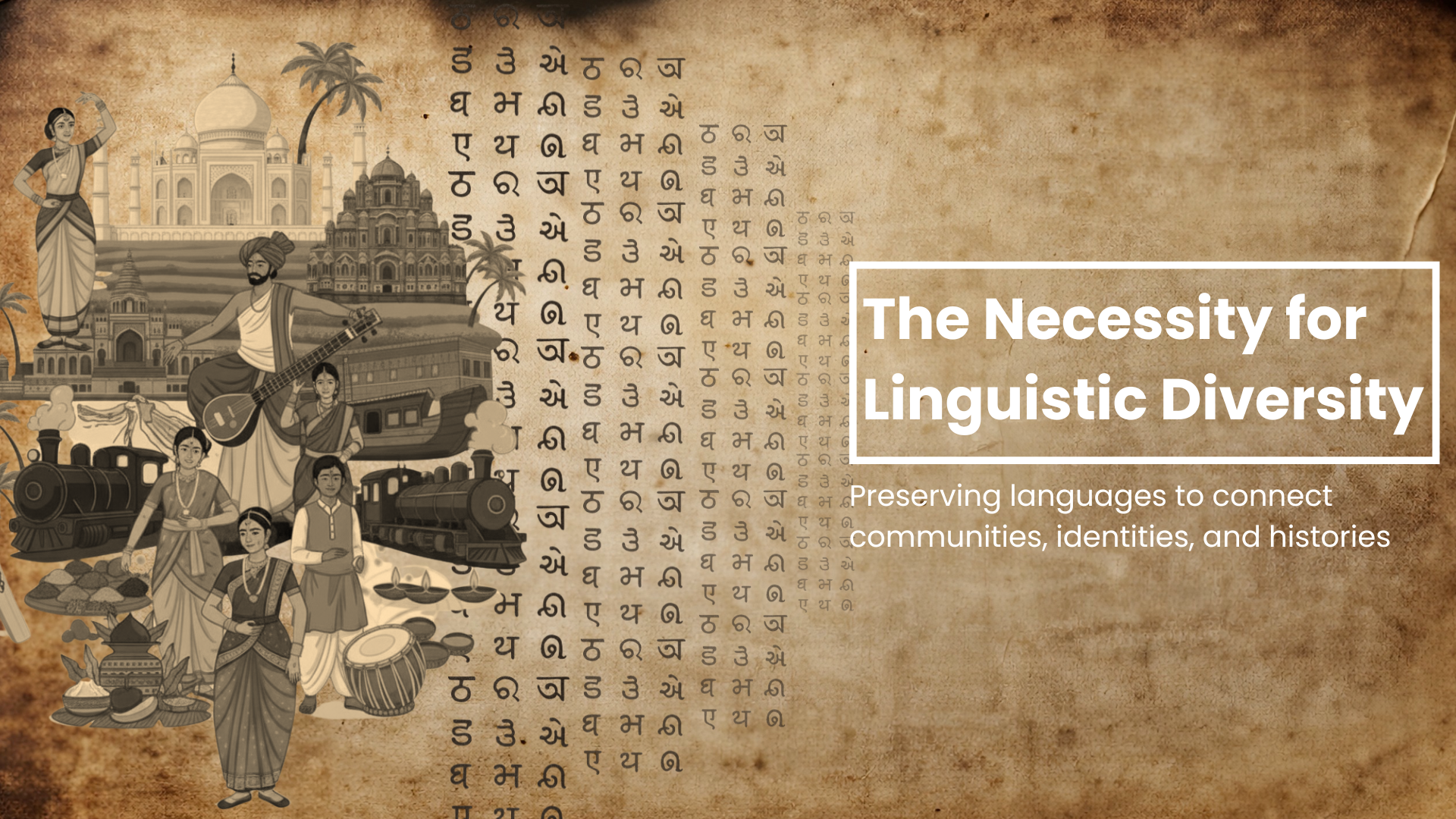
Rain or shine, the weather has always been hard to predict in any region of the world. The ability to predict the weather accurately is of great importance and is studied by scientists all over the world. Take the case of the Indian summer monsoon. Heavy rainfall during the Indian summer monsoon causes landslides and flash floods, leading to significant loss of life and property every year. Thus accurate predictions of the weather during such times could help save lives.
The accuracy of numerical weather prediction depends on the following:
1. The ability to accurately represent the physics of the atmosphere.
2. The precision of the initial conditions provided to the model.
The accuracy of the prediction can be improved by calibrating the values of the parameters using observations and thereby accurately representing the physics of the atmosphere.
Unfortunately, it is computationally expensive to calibrate all the parameters. Therefore, a sensitivity study is required to determine the parameters that profoundly impact model prediction, so that only sensitive parameters can be calibrated. Several studies have been done in this area.
Apart from calibrating the parameters, the accuracy of the model prediction also depends on the exactness of the initial conditions. Data assimilation is used to improve the initial conditions using observational data from multiple sources like satellites, radiosondes, aircraft measurements, etc.
In this study conducted by Dr. Sandeep Chinta and Prof. Chakravarthy Balaji from the Department of Mechanical Engineering, Indian Institute of Technology Madras (IIT-M), Chennai, India and Dr. V. S. Prasad from the National Centre for Medium Range Weather Forecasting, Noida, India, hybrid data assimilation on a parameter-calibrated weather research and forecasting model was done. Twelve events during the period 2018-2020 were simulated in this study. Prof. Chakravarthy Balaji also works at the Centre of Excellence in Atmospheric and Climate Sciences, IIT-M, Chennai, India, and was a visiting Professor at the Divecha Centre for Climate Change, Indian Institute of Science, Bengaluru, India.
In the field of numerical weather prediction, previous research has often focused on improving only one of these two key aspects: either enhancing the model’s accurate representation of atmospheric physics or improving the precision of the initial conditions provided to the model. Past studies generally approached these two aspects independently, prioritizing one over the other.
However, this particular study represents a novel approach in that, it seeks to enhance both aspects concurrently. It recognizes the interconnected nature of elements and aims to enhance the overall accuracy of weather prediction by not only calibrating model parameters to represent atmospheric physics more accurately, but also utilizing data assimilation to improve the exactness of initial conditions. This holistic, integrated approach marks a significant advancement in numerical weather prediction research, further bolstering the capability to provide more accurate weather forecasts.
It was found that the calibrated parameters performed better than the default parameters. Overall, data assimilation with calibrated parameters showed a significant improvement for the variables: rainfall (18.04%), surface air temperature (7.91%), surface air pressure (5.90%), and wind speed at 10 meters (27.65%) compared to the default parameters without assimilation.
Prof. J. Srinivasan, Distinguished Scientist from the Divecha Centre for Climate Change, Indian Institute of Science, Bengaluru, India, analyzed and confirmed the importance of the work done by the authors with the following comments: “Data assimilation has improved the accuracy of weather forecasts dramatically in the last two decades. Assimilation can be done either using variational methods or using an ensemble forecast. This paper discusses a hybrid method that combines both these techniques. In this paper the authors have studied 12 heavy rainfall events in central India during 2018-2020. They have shown that hybrid methods of data assimilation can reduce the error in rainfall by around 18% and the error in wind speed at 10 meters by around 28%. This result is promising and hence there is a need to extend this work to consider heavy rainfall events that occur when a cyclone moves over land.”
Article by Akshay Anantharaman
Click here for the original link to the paper











